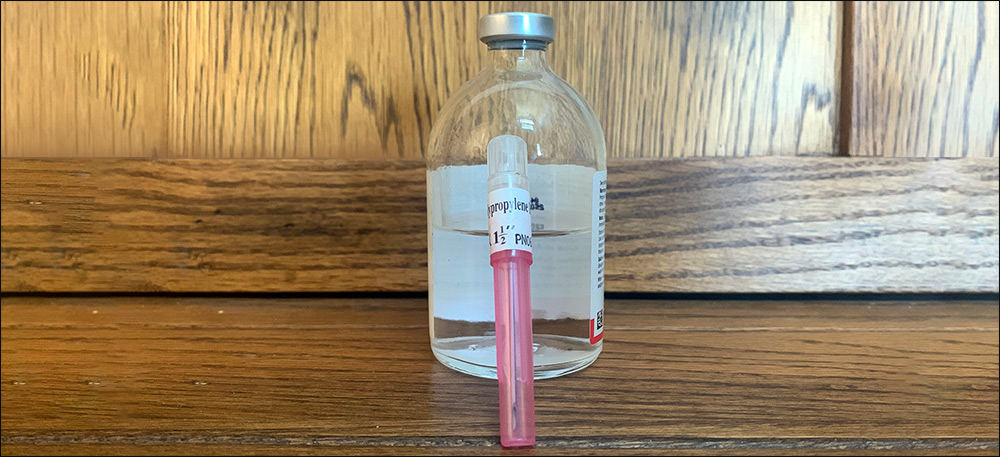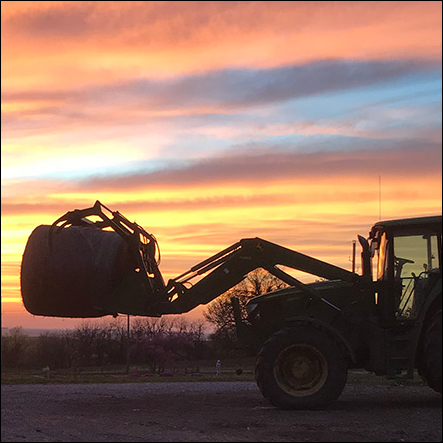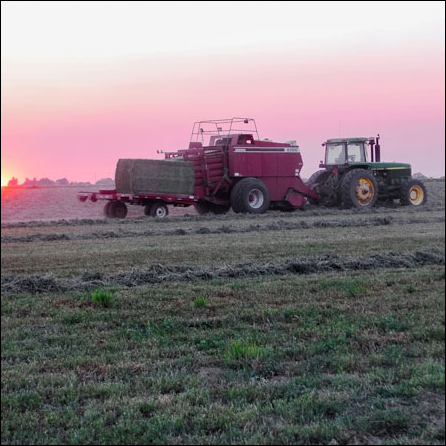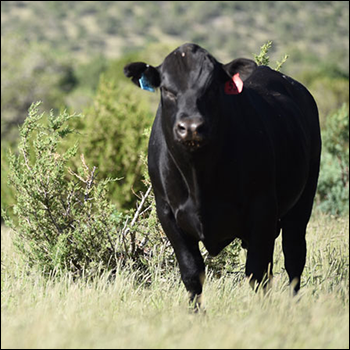
Needle Size and Care Recommendations
Veterinarians offer advice on needle diameter and length.
Anyone who’s ever received a vaccination will verify that needle size matters. That is true with cattle, as well.
Kansas State University (K-State) veterinarians Bob Larson and Brad White took up this topic on a recent Beef Cattle Institute (BCI) Cattle Chat podcast.
“Many animal health products given to cattle to prevent or treat diseases are injected with a syringe and needle,” Larson said. “Selecting the correct size of needle to deliver injections under the skin or into the muscle is important to ensure that the products perform as intended and meet Beef Quality Assurance (BQA) guidelines.”
When it comes to needle selection for cows, he recommends using a 16- or 18-gauge needle. The gauge refers to the diameter of the needle.
“An 18-gauge needle is actually smaller than a 16, and in calves we may go even smaller and use a 20-gauge needle,” Larson said.
The chosen needle size relates to the thickness of the animal’s skin, White added. “Needle size also depends on the viscosity of the product that I’m giving.”
Another factor is the needle length.
The recommended length of the needle is guided by the type of injection given, which is either under the skin or into the muscle, Larson noted. “With an under-the-skin injection, the needle length should be ⅝- or ¾-inch needle, and with an intramuscular injection, the length is closer to 1 ½-inch needle.”
For calves the recommended length would be closer to 1 inch, he added.
Lastly the veterinarians discussed the recommended frequency for changing needles.
“One needle per cow is ideal, but depending on the situation, you could give up to 10 injections with one needle,” Larson said.
He added that it is important to make sure the needle is sharp and clean to keep from causing trauma or contamination.
For more information on this topic, Larson and White advised producers to review the information on the BQA website at bqa.org.
To hear the full discussion, tune in to the Cattle Chat podcast online.
Editor’s note: Lisa Moser is an instructor of ag communications and journalism at K-State. Photo courtesy of K-State Research and Extension.




